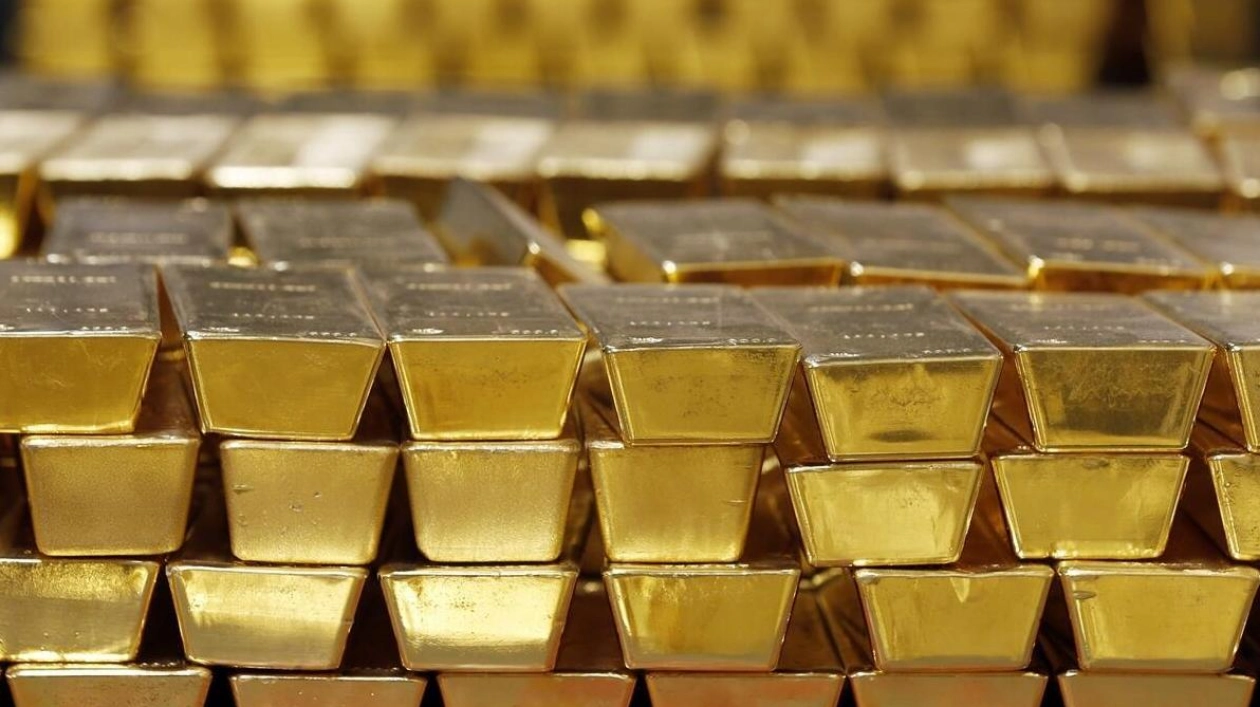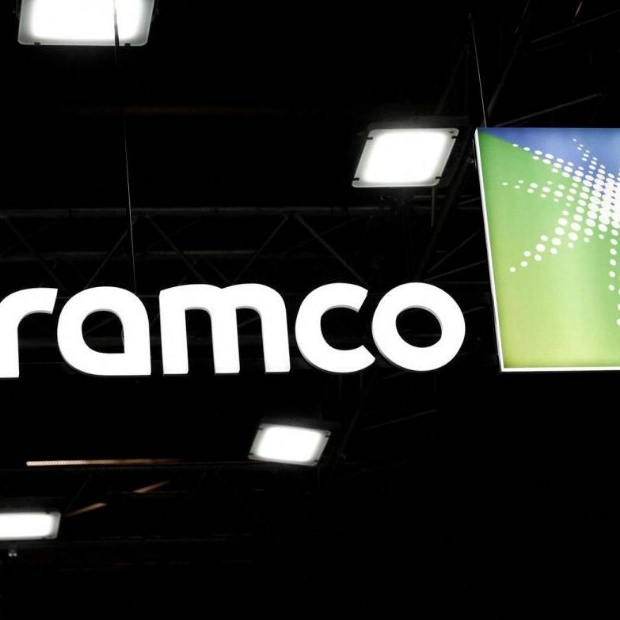Gold remains one of the world's most preferred financial investments, especially during times of market instability like the current situation. Its attraction stems from the high level of security it provides to investors, along with minimal—sometimes even negligible—risk. This security is applicable whether one is investing in physical gold or trading precious metal contracts through various electronic platforms available in the market. Recognized globally as a premier safe-haven asset, gold becomes the preferred refuge for investors looking to hedge against volatile market movements.
Furthermore, gold is considered one of the most crucial financial assets for savings, despite not generating returns that fully shield its owners from the inflationary erosion of their capital. It offers a secure investment option for those looking to allocate capital or use it as a savings vehicle and store of value. Its unique advantage places it at the forefront of safe-haven assets, providing a buffer against extreme market fluctuations during economic crises and global sociopolitical unrest.
Before engaging in gold contract trading, several critical factors need consideration: 1. Market Sentiment: Assess whether risk appetite or risk aversion dominates investor behavior in financial markets. When risk appetite prevails, patience in gold investment decisions is advisable. Conversely, periods of risk aversion, often preceding sharp market fluctuations, typically present optimal opportunities for gold investment. 2. US Dollar Relationship: There is usually an inverse correlation between gold and the US dollar. Thus, monitoring US currency movements is essential before entering gold trades. 3. Economic Indicators: Various economic data points and technical factors influencing market price movements should be analyzed. 4. Monetary Policy: Central bank decisions and developments in monetary policy play a significant role in gold’s performance and should be closely watched.
Investors can access gold through various instruments, each offering unique advantages. These include: 1. Spot and futures precious metal contracts 2. Physical gold purchases 3. Shares in gold mining and trading companies 4. Gold Exchange-Traded Funds (ETFs). Diversifying across these four types can maximize potential benefits. This strategy allows investors to capitalize on the advantages of each investment form and potentially realize continuous profits as different gold-related assets appreciate.
In the world of gold trading, liquidity stands as a crucial factor for investors. Exchange-Traded Funds (ETFs) emerge as the most liquid option, offering unparalleled ease in buying and selling gold-related securities. Following closely is physical gold trading, particularly when dealing with small quantities of coins and bullion. This method provides substantial liquidity, although larger transactions may require more time, potentially reducing overall liquidity. Shares in gold companies offer a moderate level of liquidity, which can fluctuate during periods of market volatility, sometimes making them less appealing to risk-averse investors.
Geopolitical unrest in key global regions often drives gold prices higher. Such instability creates market panic, reducing risk appetite and causing financial market volatility. During these fluctuations, gold naturally becomes the ideal safe haven to hedge against potential collapses in risky assets’ values. Decisions on interest rates by major central banks, particularly the Federal Reserve, significantly influence global gold prices. When the Fed raises interest rates or maintains them at high levels, it typically harms the precious metal. These decisions tend to favor the US dollar, causing it to rise and gold to fall due to the inverse relationship between the US currency and the precious metal.






